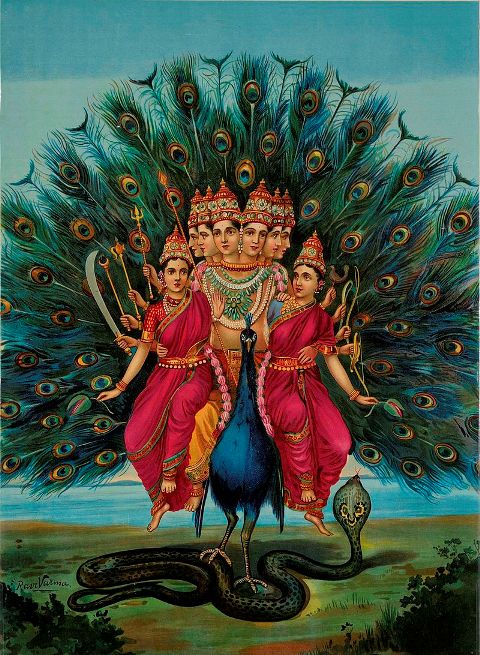
Valentine’s Day, that day earmarked for lovers, is upon us.
The traditions are steeped in commercialism with people scrambling to buy cards, candy, and flowers, all in the name of love.
Beyond the cultural pull of the consumer hustle, we in the West may be familiar with a broader definition of love that comes from Christian traditions. We may know the four words for love that appear in The New Testament: eros—sexual love, storge—love amongst family members, phileo—brotherly love, and agape—charitable love.
Maybe it’s time to dust off our thinking about love, and our practices for cultivating love. Let’s take a look at the five stages of love as Hindus see them.
Kama: the desire for sensory or sexual attraction.
The first thing that draws us into love is often desire. Powerful sexual attraction heightens our senses, creates intense focus, and opens us to the possibility of something more. Though sex is a wonderful thing, the sages agreed that one cannot evolve on sex alone.
Shringara: rapturous intimacy and romance.
Desire is what awakens us to intimacy. For anyone who has ever fallen in love, you have known shringara. This is the stage of love where we share secrets, laugh at the jokes that only “we” understand, send one another silly texts, and enter into the play of love that deepens our attachment to one another. And though it sometimes feels like we are the only two people in the world, there is life beyond romantic love.
Maitri: compassion, generosity, and “little acts of kindness.”
In this stage of love, we go beyond “we” and engage with those outside our circle of intimacy. We extend ourselves to others in small ways. We might leave a note of gratitude on a co-worker’s desk, deliver a plate of cookies to a neighbor in need, or help out at the animal shelter with the dogs who have no home. The phrase that best expresses this is, “May all beings be happy and may my own actions somehow contribute to that happiness.”
Bhakti: this is when our compassion expands to embrace the whole of creation.
This stage of love is so expansive that there are festivals named after it. Bhakti is when the expression of our compassion extends to everyone and is cultivated by devotion to a higher sense of purpose. Bhakti yoga is a practice of expansive love powered by devotion.
Atma-Prema: unconditional self-love.
In this stage of love, we feel unconditional love for the self that exists at the core of each of us. This is when we begin to recognize, honor, and fall in love with ourselves. We recognize that we are much more than our personality, much more than our ego. We are each an expression of a spark that lives in us all. I think of this as “the grand namaste” when we discover that the light in us is the same as the light in everyone else. In this stage of love, we recognize and honor that light in ourselves and in one another.
Now that we’ve explored these variations of love, I’d like to say this:
In order to begin to tap into the energy of love, we must first open the heart. At times, that is not an easy thing to do. But there is a practice that can help us, and that practice is chanting mantras.
There is a simple mantra for opening the heart. It is the bīja (seed) mantra, Hrīṁ (pronounced “hreem”). Hrīṁ connects to the heart chakra, the physical heart, and the emotional qualities of the heart. Sitting in a quiet place and chanting this mantra will open you to your own heart space.
When we want to focus on maitri (compassion), I believe there is no better mantra than Lokāḥ Samastāḥ Sukhino Bhavantu (pronounced “low-kah sahm-ah-staa su-key-no bah-vahn-too”), which means simply, “may all beings in all the worlds be happy.” When we chant this mantra, we are chanting it selflessly. In showing compassion for others, we are also offering it to ourselves.
Another good choice for cultivating compassion comes from the Buddhist tradition: Om Mani Padme Hum.This mantra invites us to find the jewel of compassion that lives in our own heart.
As we move to the form of love known as atma-prema, it is wise to choose a mantra that honors the presence of the divine within each of us. The mantra I would choose for this is Auṁ Namaḥ Śivāya(pronounced “om na-mah shee-vie-ya”). This mantra honors eternal awareness, the changeless reality beyond name and form. It honors your own true nature.
To celebrate Valentine’s Day this year, instead of buying flowers and candy, I invite you to dive deeper and begin a mantra practice of love—love of self, love of others, and love of the divine.
~
Author: Kathy Bolte
Image: Wikimedia Commons
Image: Wikimedia Commons

No comments:
Post a Comment